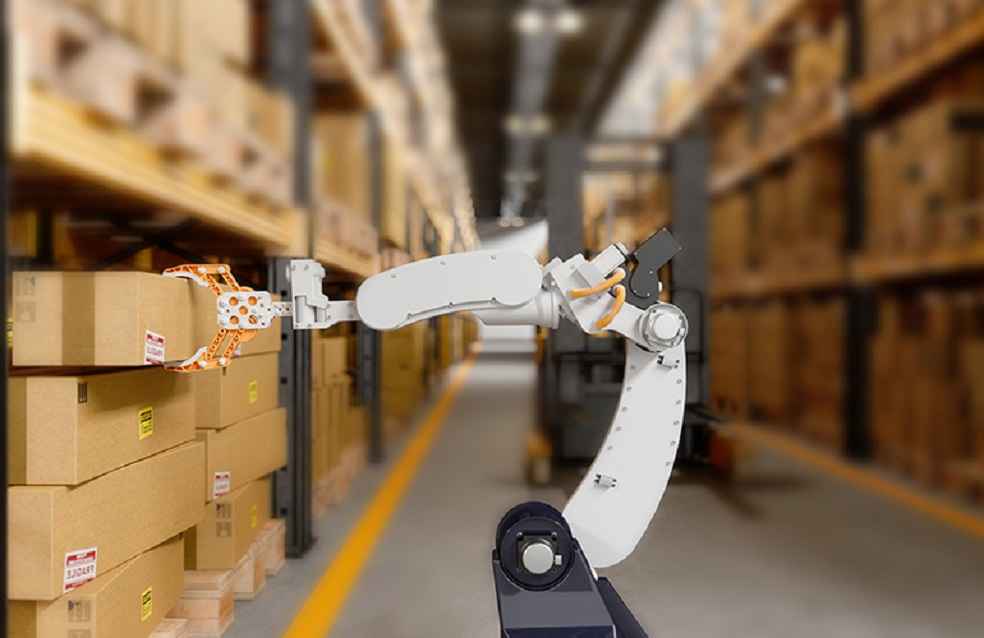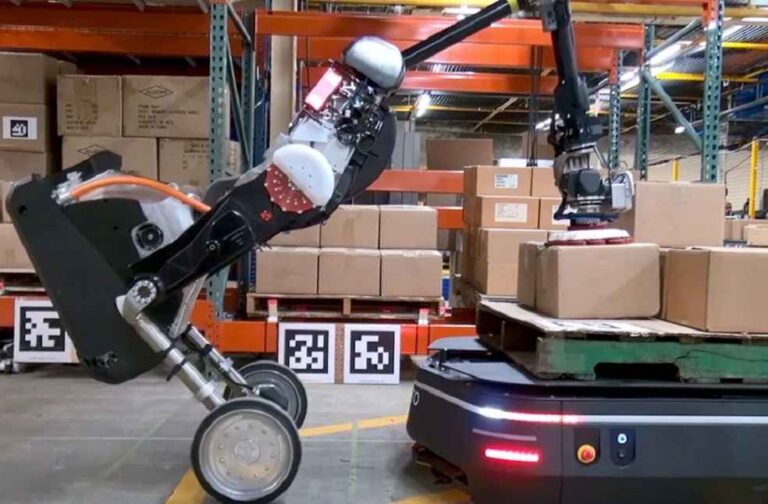With the growing demand for automation in various industries, a new study by Interact Analysis projects a significant boost in the robotic picking market, expecting it to surge from $236 million in 2022 to $6.8 billion by 2030.
Rising labor costs and supply chain constraints are primary catalysts stimulating the market’s growth, as businesses strive to mitigate operational difficulties. The burgeoning e-commerce industry and warehouse automation are also providing impetus to the market.
Interact Analysis revealed that the market for robotic picking technology is currently dominated by a few suppliers. As of the close of 2022, only 33 suppliers had a presence in this field, most of which emerged in the past five years. Yet, this low concentration hints at immense growth opportunities, especially in light of the accelerating trend towards warehouse automation.
The researchers note that the number of warehouse workers engaging in static manipulation tasks is projected to almost double, increasing from 4.3 million in 2022 to 7.5 million by 2030. This labor expansion suggests a significant increase in the total addressable market for robotic picking.

Companies operating on 2-shift and 3-shift patterns are likely to adopt robotic picking technology at a faster pace, leveraging the technology to slash labor expenses significantly. This is particularly evident in the rapidly growing e-commerce sector, characterized by round-the-clock operations requiring multiple shifts. Picking robots, capable of operating longer hours and achieving higher pick counts than human labor at lower costs, appear to be an appealing solution.
“The market share landscape is set to look very different in 2030 compared with today due to an influx of new vendors,” said Irene Zhang, Senior Analyst at Interact Analysis. She further explained that a single large project awarded to a supplier could significantly sway market shares. For instance, Boston Dynamic’s $15 million deal with DHL is expected to notably influence its 2023 market share.

Zhang also highlighted the US’s leadership in the robotic picking market, primarily due to high labor costs burdening American firms. Of the 33 current suppliers in the robotic picking sector, 18 are US-based, collectively receiving $1.4 billion in funding by 2022’s end, a sum that accounts for 60% of global funding in the market.
The trend towards automation is intensifying as labor availability remains a challenge for warehouses globally. Paired with advancements in machine vision and gripping technology, the use of picking robots in warehouses is on the rise. As Zhang concluded, “This report aims to provide clarity and visibility into the fast-moving picking robot market.”
ENERGY INDUSTRY: Solar Power Still Cheapest Despite Hidden Costs, IEA Says



